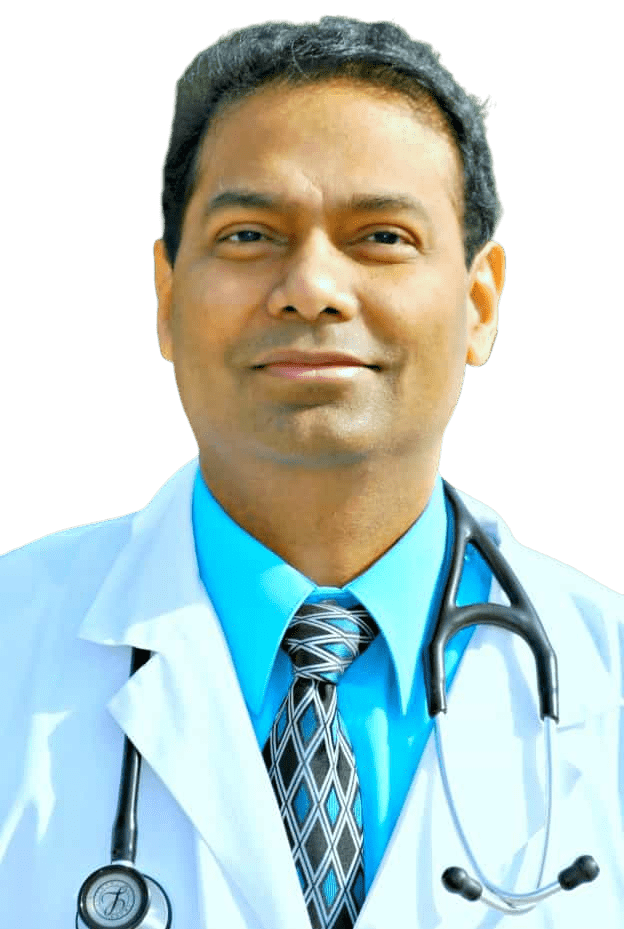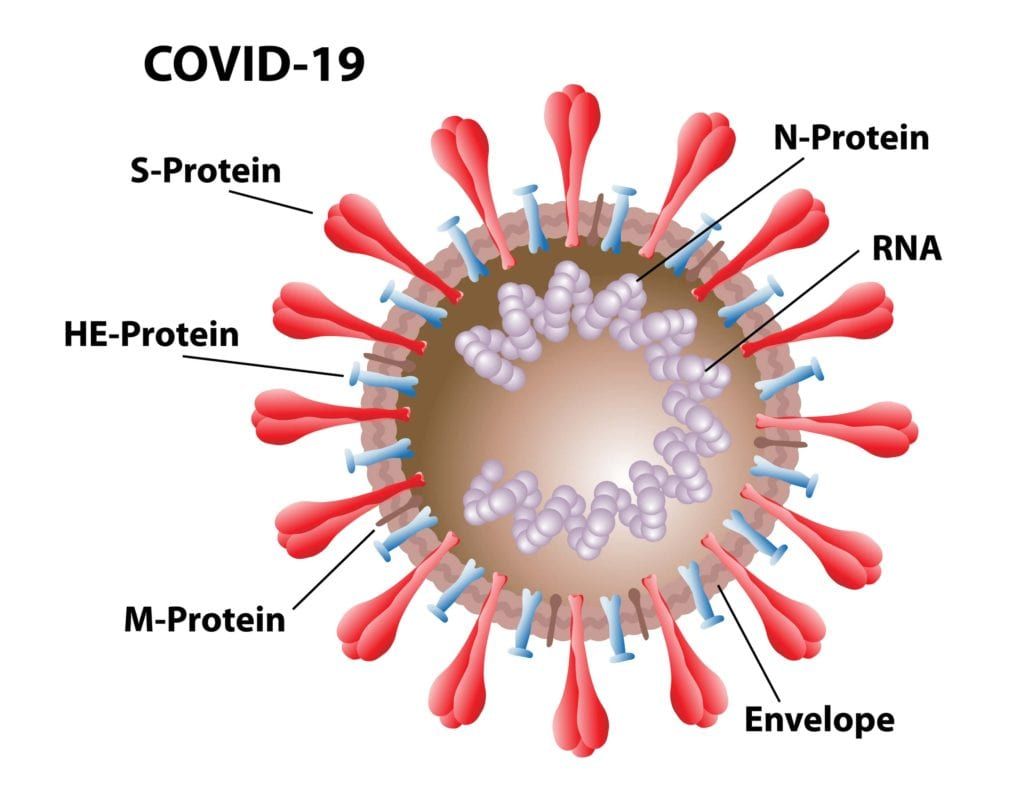
At this point, COVID-19 needs no introduction. It has spread rapidly through communities across the United States and is continuing to maintain a global health threat. More and more people are becoming familiar with the various symptoms of the virus, as well as the method through which it is spread. However, one thing you may be wondering is how the virus is contracted and whether it is as contagious as people are saying. While this is still being investigated by researchers, here are some of the basics about how COVID-19 is contracted.
The first step to becoming infected is to contract the virus. COVID-19 is most commonly contracted in the air by inhaling the virus, but it can also be contracted by touching surfaces with the virus on them. Viruses work by infecting healthy cells within the body and are ineffective without a host cell. Until they have joined with a host cell, they are simply known as a virion.
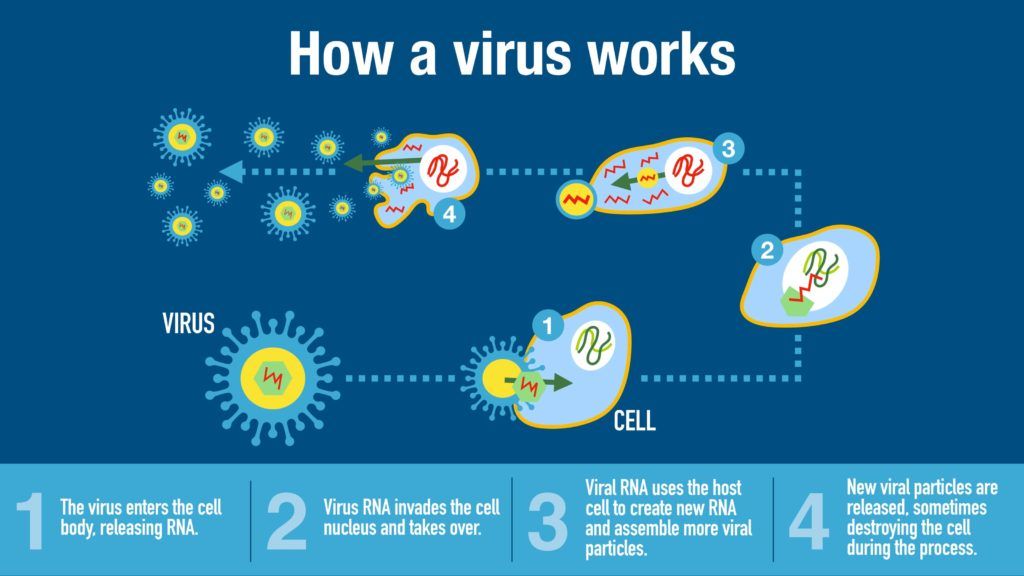
COVID-19 is an enveloped virus, meaning that it has a layer of protective lipids (fats) around its protein capsid and virion genome. Envelope viruses are highly sensitive and can be destroyed by stomach acid, heat, dryness, and disinfects like ethanol or propanol. However, envelope viruses are also able to “hide” from the body’s natural defense system.
The SARS-CoV-2 virion contains spiky outer proteins that attach themselves to the ACE receptors of healthy cells. These receptors are primarily found in the lower airway, which is why the virus affects the lungs. However recent research has found that these receptors are also on goblet and ciliated cells in the nose, as well as on the tongue and within the mouth. This explains how the virus enters the body primarily through the mouth or nasal passages.
Once fused with the plasma membrane (external wall) of the host cell, the virion genome is released into the cytoplasm (interior) of the cell. Since it is released into the cell’s cytomplasm, SARS-CoV-2 is an RNA virus. This means that the viral DNA is transformed into messenger RNA (mRNA) and used to create viral proteins.
These viral proteins are then used for one of three things:
- Create special enzymes needed for viral replication
- Inhibit host cell DNA, RNA, and protein synthesis
- Create structural proteins used to construct new virions
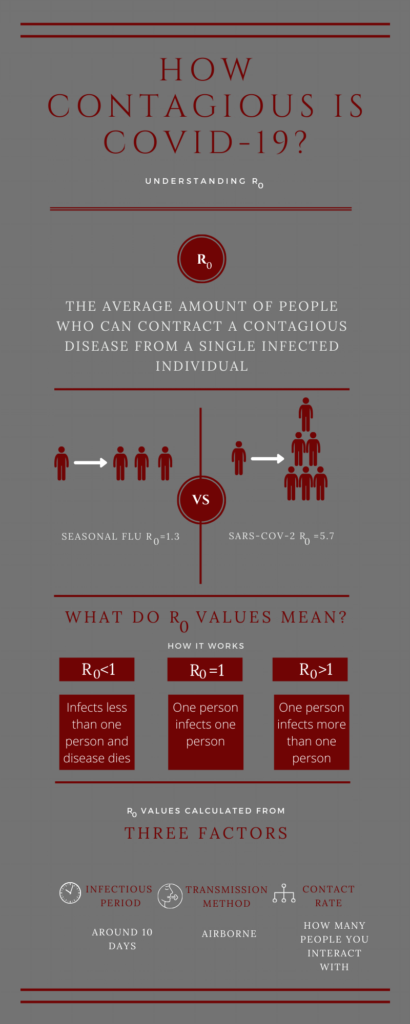
Simply stated, once the SARS-CoV-2 virus has entered the cell, it then uses the cell to produce millions more copies of the virus. According to a study performed by German microbiologists, there are an average of 676,000 copies of the virus on a single swab taken from the mouth and nose during the first five days of symptoms. However, this number is believed to drop starting on day one and continuing until it is almost undetectable in most people by day ten. This trend suggests that the most copies of the virus are present before symptoms occur and is the main reason why the virus can spread so rapidly.
Additionally it is important to understand the mathematical and epidemilogical term R0 (R naught). R0 is used to describe the average amount of people who can contract a contagious disease from a single infected individual. R0 is calculated by taking into account a diseases’ infectious period, contact rate, and mode of transmission. Longer periods of infectiousness, frequent contact with others, and airborne illness tend to have a higher R0.
Here’s how it works:
- If R0 <1, then one infected person can cause less than one infection. In these cases, the disease will eventually die out
- If R0=1, then one infected person can cause one new infection. In these cases, the disease will be infectious, but not cause an outbreak
- If R0>1, then one infected person can cause more than one infection. In these cases, the higher the R0 value, the more infections the disease is
Initially, researchers believed that the SARS-CoV-2 virus had an R0=2.2-2.7, indicating that a single infected person could infect 2-3 people. However, more recent research suggests that SARS-CoV-2 actually has an R0=5.7, meaning that a single infected person can infect 5-6 people. To put things into perspective, the 1918 pandemic flu had an R0 = 1.4-2.8, the 2009 H1N1 virus had an R0= 1.4-1.6, and the annual flu has an R0=1.3. These numbers clearly suggest that COVID-19 is significantly more contagious than other viruses we’ve seen in the past.
Since R0 is calculated considering the infectious period, contact rate, and transmission method of a disease, it can change over time. While the infectious period and transmission method cannot easily be controlled, the contact rate can. With that being said, medical experts are urging people to practice social distancing as a way of lowering the contact rate and thus the overall R0 of COVID-19.
For More Information:
https://www.livescience.com/new-coronavirus-compare-with-flu.html
https://www.medicalnewstoday.com/articles/covid-19-what-happens-inside-the-body
https://www.nature.com/articles/s41586-020-2196-x
https://www.ncbi.nlm.nih.gov/books/NBK21523/
https://www.healthline.com/health/r-nought-reproduction-number#how-its-calculated
This Week in Virology Podcast: https://www.microbe.tv/twiv/
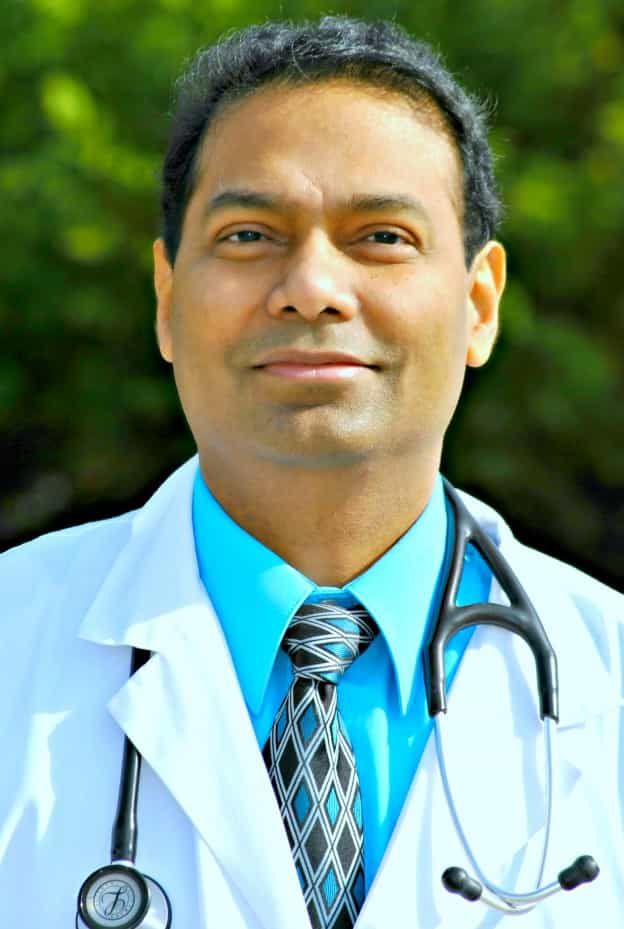
Dr Kumar is a highly skilled physician dedicated to providing gentle and effective care to patients of all ages and medical conditions. He achieved his degree in a field that he is passionate about. He believes that excellent health begins with education and has made his mission to enlighten patients to ways they can take greater control over their health. Dr Kumar is committed to continuing education activities and remaining aware of the latest advancements in Medical Science to maintain current high standards of care.



